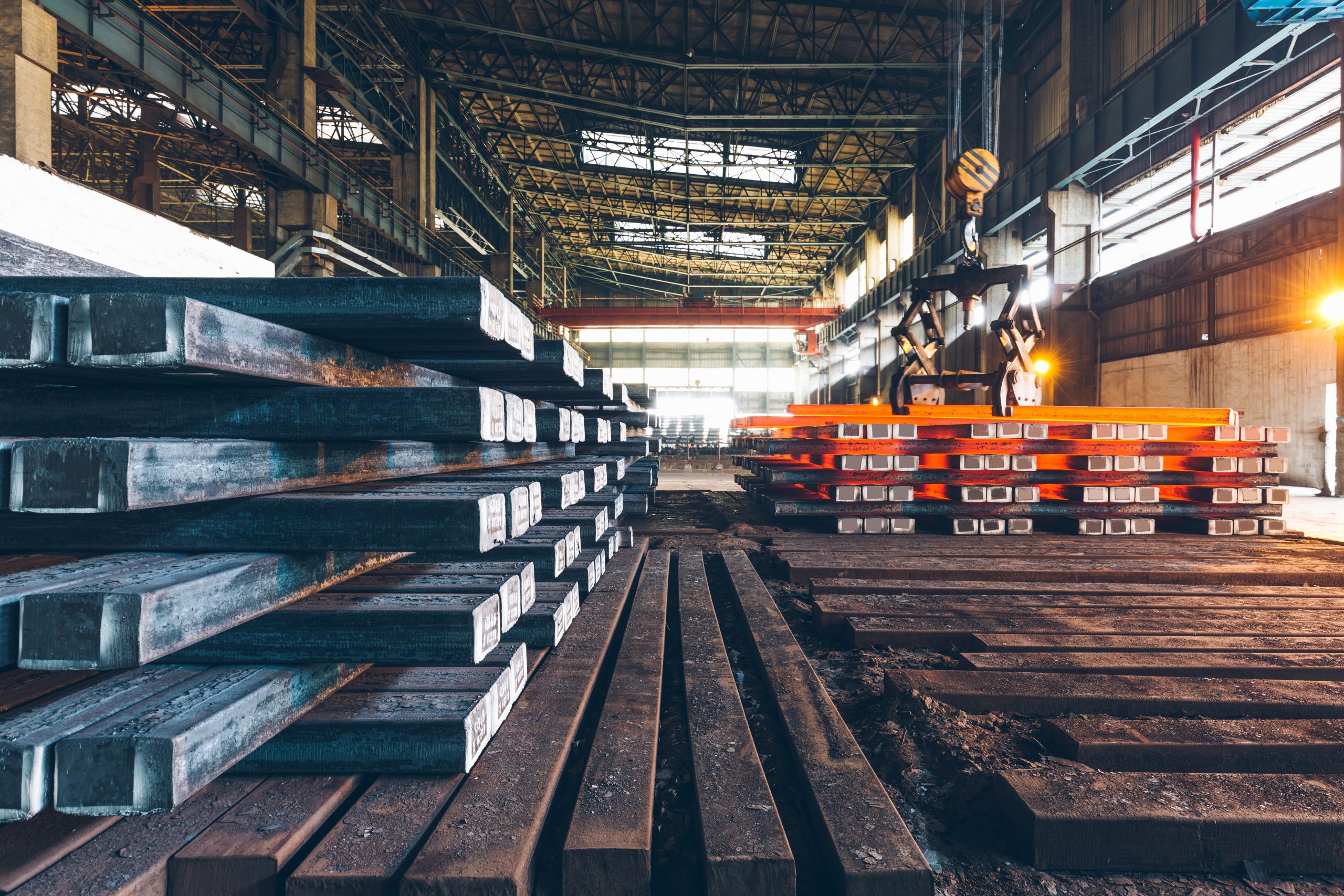
06 Nov How Steel Industries Have Changed Over The Years
Steel is one of the wonder-materials of modern infrastructure and construction. Synonymous with the image of high-rises and skyscrapers jutting up from cities, steel has a gritty, influential nature that made much of 19th and 20th-century growth possible.
In our communication and mannerisms, steel has taken a life of its own. It’s a material, idea, feeling, era; steel’s strength in our modern world is mirrored by the weight of its anchor in our cultural imagination.
But paradoxically, this solidification of steel in that way has led to many forgetting the origin of this material and just how paradigm-shifting it has been for our recent history.
Steel As A Convergence Of Possibilities
Steel, like any modern innovation or emergence, is actually a convergence of possibilities. Steel has been used as far back as 1800 BCE, and perhaps older. In the majority of that time till now, though, the use of iron was extremely limited.
Without modern conveniences and gadgets, iron production was time-consuming and limited. Iron was most often used for armor and weapons, rather than any kind of larger structure. It overtook bronze as the better, more durable material slowly.
Since iron production didn’t have the benefit of technology or factories, the quality and availability varied wildly among human civilizations.
Up until the 19th century, not much changed in that regard. The process of extracting and building with iron had become vastly more efficient since 1800 BC but iron was still a go-to for construction. Everything from weapons to railroads was dependent on the use of iron, but it was quickly becoming insufficient for the hyper-expansion and industrialization of Western hegemony.
The first big breakthrough in iron metallurgy came from Henry Bessemer and his new idea for making a better material: steel.
As countries began to modernize, they found that iron was too weak and brittle for what civilization needed. Steel, however, was too expensive to make in large quantities. Steel is an iron alloy with lower carbon dioxide content.
The benefit of lower carbon content is that some of the brittleness is improved, creating a material that can withstand modern structures and processes.
The Bessemer Process, created in 1856, revolutionized the way we build and interact by using a blast of air on molten pig iron to reduce impurities like carbon and silicon. This allowed for steel to be produced much cheaper and faster than in the past, just in time for the boom in technology and human ingenuity.
Over time, with a number of improvements to the process, Bessemer was able to refine his process until nearly all iron ore around the world could be made into steel. As you could imagine, prices for steel fell sharply, and construction across America experienced a boom.
The Open Hearth Process and The Market For Steel
Not long after Bessemer’s breakthrough, a German engineer named Karl Wilhelm Siemens devised another way to create steel economically. His process for creating steel utilized super-heated furnaces that burned off carbon and other impurities.
In addition, it was useful because much more steel could be produced at once and could make use of scrap steel.
By 1900, the open-hearth process was the primary way in which most steel companies operated.
This brand-new way to make steel meant that steel companies had a wide-open market, which blossomed in the late 19th and early 20th century. Andrew Carnegie and Charles Schwab are just two of the faces of this massive transfer of wealth and power.
In the next few decades, the power of steel would be realized as both a marker of progress and a symbol of demise.
In World War 1, steel was a key tool in the munitions that laid waste to Europe. Steel was important to the war effort and made the war one of the deadliest that the human race has ever experienced.
However, in the time after World War 1, steel meant growth and modernization. Steel played a huge role in improving the standard of living for many people in the Global North and generally went along with feelings of prosperity and security. For many years afterward, steel represented the best and worst of human society.
Today’s Steel
The quality of today’s steel is even better than it used to be at the industry’s peak. Thanks to technological advancement and a better understanding of metallurgy, steel is now more consistent and useful than it ever has been before.
At Kalisch Steel, we love steel, to put it mildly. We believe that steel simply deserves way more recognition than it actually does. Hopefully, with our blog, we’ve inspired you to look at steel in a whole new way.
Contact Kalisch Steel today for expert construction for nearly any project!


